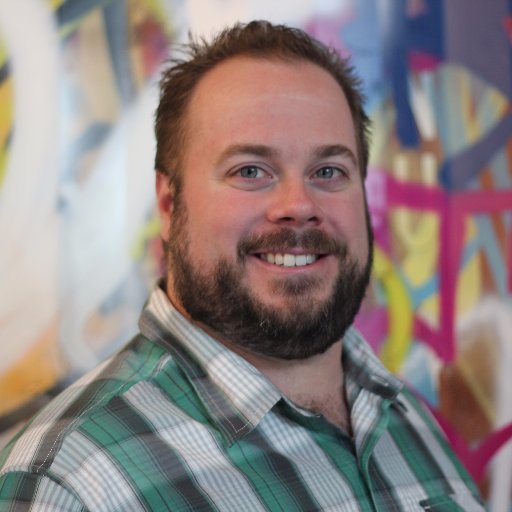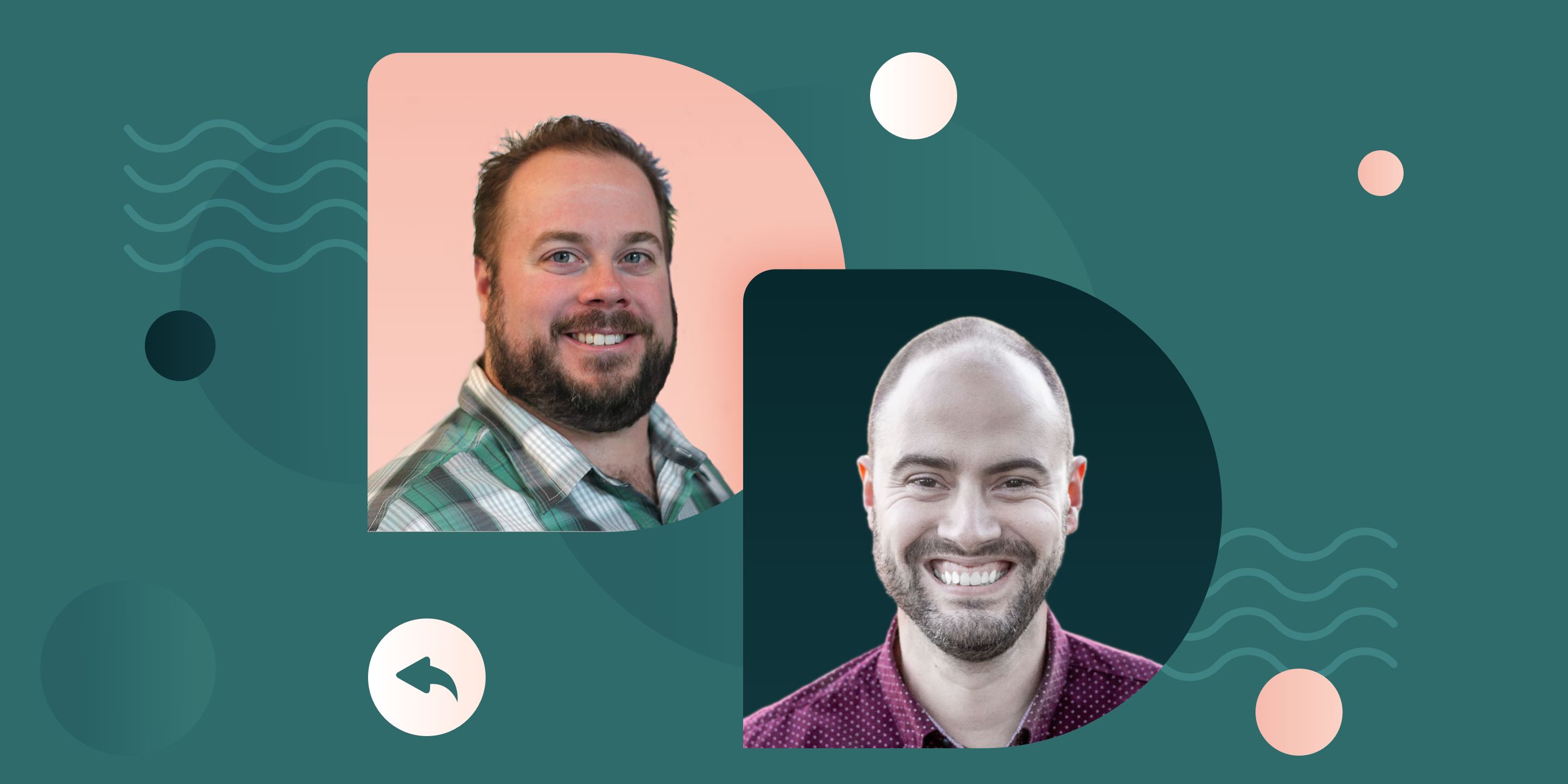Customer Experience departments are the shapeshifter departments of an organization.
Every company seems to understand and define customer experience differently and measure it with unique KPIs. Some treat Customer Experience as a synonym to Customer Success, others see Success and Support as part of the CX team, and still, others prefer it reports into Sales as a way to increase upsells and renewals.
Emily Russell, Director of Customer Experience at Olark, came from a Customer Support team and, as the market and competitive environment changed, was tasked with creating new services and organizational structures to improve the overall customer experience. She had a very unique solution to this structure: incorporating Sales into the Customer Experience team.
Emily, let’s go back to the beginning and hear a bit about the observations that led to the creation of your Customer Experience team.
Emily: I’ve been at Olark for seven years. At Olark, there’s very much a culture of promoting from within. After starting in a frontline Support Role, I earned the opportunity to move into people management as a Support Leader. I was in support leadership for a couple years.
During that time, we noticed that the live chat market was growing increasingly competitive. Olark is primarily a self-service product and because of that didn’t have a dedicated Customer Success Team.
A few of our competitors also offered higher-touch support than what we were offering: phone support, account management, and high touch sales.
Olark’s culture is one of treating Support not as a stepping stone or cost center, but rather a place to grow within the company, so the Support Team seemed like a natural place to adapt to this changing market.
Our culture gave us the ability to dip our toes into community building. We started hosting webinars, live training and other one to many customer success strategies to increase product stickiness in our existing customer base.
These actions showed us that there was an appetite for even more customer-centric services. For example, a dedicated account manager and phone support for our highest value customers. Using this data, I pitched the creation of a Customer Success Team to our CEO, Ben Congleton.
The focus would be on retention and higher-touch service offerings to our enterprise customers. Eventually this expanded even further, we created a Sales team to target more enterprise customers. And that’s how Sales, Success and Support all become part of the Customer Experience Team.
Craig: Sales reporting to Customer Experience is quite unique, and we will come back to that, but first…
How did you gain buy-in for this significant shift not only for a Support Team but a completely new sales channel for Olark?
Emily: We saw a boost in demand at the start of the pandemic. As the customers were coming in, a trend we noticed was that many of these customers wanted to talk on the phone or use a purchase order (PO) or request for information (RFI) process versus our self-service model.
I brought this data to Ben, explaining the potential monthly recurring revenue (MRR) that we could capture if we offered these services. He agreed to try this as an experiment to see if it gained traction and then decide if we should expand it to a full team.
We are a live chat product, and we had always felt that using Olark to sell Olark was the best way. That’s definitely true for self-service customers, offering sales calls allowed us to gain more enterprise customers.
We started identifying completely new verticals that our product could provide value to. For example, higher education was a late adoption vertical, but with the pandemic, they needed to offer remote-friendly services.
We also used this as a way to professionally develop our team. I made sure to seek feedback from our frontline Support Team about the lead qualification process and ensure that it was built in a way that considered their existing workflow.
Members of the Support Team helped us in this experiment by running webinars and training sessions and expanding their knowledge and skills.
So not only did we see ROI from the new service offerings, but our team members were able to use this as a launching pad for the next steps in their career.
Craig: OK, so now you have Support, Sales, and Success Teams all reporting to you as the Director of Customer Experience. At least with Success and Sales, it is usually the other way around: Sales Teams contain Success.
How does this work at your company?
Emily: That’s a great point. It is important to mention that I do not have a background in Sales. I came to this role through Support. Olark is a very customer-focused and product driven organization. Because of this, bringing in a closing function was a bit nerve wracking at first.
Having Sales as part of the customer organization ensured Sales remained customer-focused and aligned with Olark’s culture.
For example, at other organizations where Sales is its own department, it may have conflicting priorities with, for example, Customer Success. This could cause tension internally because a Sales Team that operates with siloed OKRs can result in closing unqualified customers to meet their goals.
We’ve been able to minimize that tension because Sales and Success work together on a daily basis and report to the same leader. We’ve also gotten great feedback from our customers about this model.
Keeping our Sales Team rooted in the culture of Support has definitely helped us close new business, because we approach each lead with a service mindset, taking the time to really understand the problem each customer is trying to solve and the goals they want to achieve.
What a fantastic model! How do you split up the tasks of these three teams?
Emily: Sales is responsible for new business. Success is responsible for the retention and upsells. Most of our upsells come from building deep relationships with our customers, identifying a pain point a customer is facing or a goal they’re trying to achieve, and using that relationship to show how Olark can solve their problem.
We take a very consultative approach to Customer Success. When we first started experimenting with Success, we did outreach campaigns with the goal of gathering lots of customer feedback. We lead customer calls with a curiosity mindset and dive upsells primarily by listening to our customers.
Support is responsible for assisting all of our self-service customers, with any and every issue those customers have from basic getting started questions to technical support. Our frontline team also receives a lot of organic inbound leads through our chatbox.
Support is responsible for the qualification of those leads to escalate to Sales and Success. This is how they tie into the revenue generation side of CX. In addition, the product itself also facilitates demos, using our CoPilot feature. Support can kick off that process directly within a chat. We love showing our customers what Olark can do for them.
So product driven! I absolutely love that. Finally, this is a significant set of steps and changes. How did you achieve all of this and did you have any challenges?
Emily: Building a Customer Experience organization has been a massive learning opportunity for me. I looked to a lot of other leaders for mentorship. I used my network – special shoutout to the Support Driven community! – and my CEO Ben’s network to meet leaders in Sales and Success, gain perspective, brainstorm, and knowledge share.
I had a lot of ground to cover: figuring out hiring profiles, creating realistic and attainable first year goals, process creation. The conversations I had were invaluable.
I suggest anyone in the position to build a team from the ground up go out and talk to as many leaders in your field as you can. Don’t feel like you have to do it all on your own. There are tons of resources out there.
Having a bunch of conversations allowed me to cherry pick the advice that I knew would work for Olark. Fusing together a myriad of perspectives to build something that worked for our specific circumstances was a great approach since every company is unique.
In terms of challenges, spinning up two new teams at the same time has been the biggest challenge of my career so far. I don’t have any regrets and I was well supported in this endeavor, but if I had to do this again, I would have dedicated more individual time to building each team. There was a lot of energy at Olark around generating new business.
When this all started I was very green and had no sales experience, so starting sales in parallel to success seemed very reasonable to me at the time, like two sides of the same coin. My advice would be don’t dive into too many things at once – build a solid foundation for one team before moving on to the next.
Not that we had a big failure or anything, but it was and is a ton of work. We’re still figuring a lot of stuff out, but our first year made a positive impact on Olark’s company-wide revenue goals and I have high hopes for the future.










